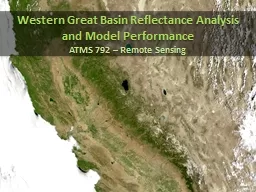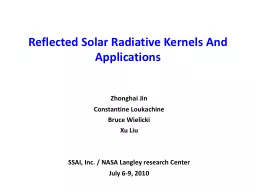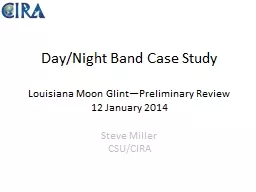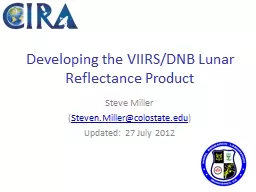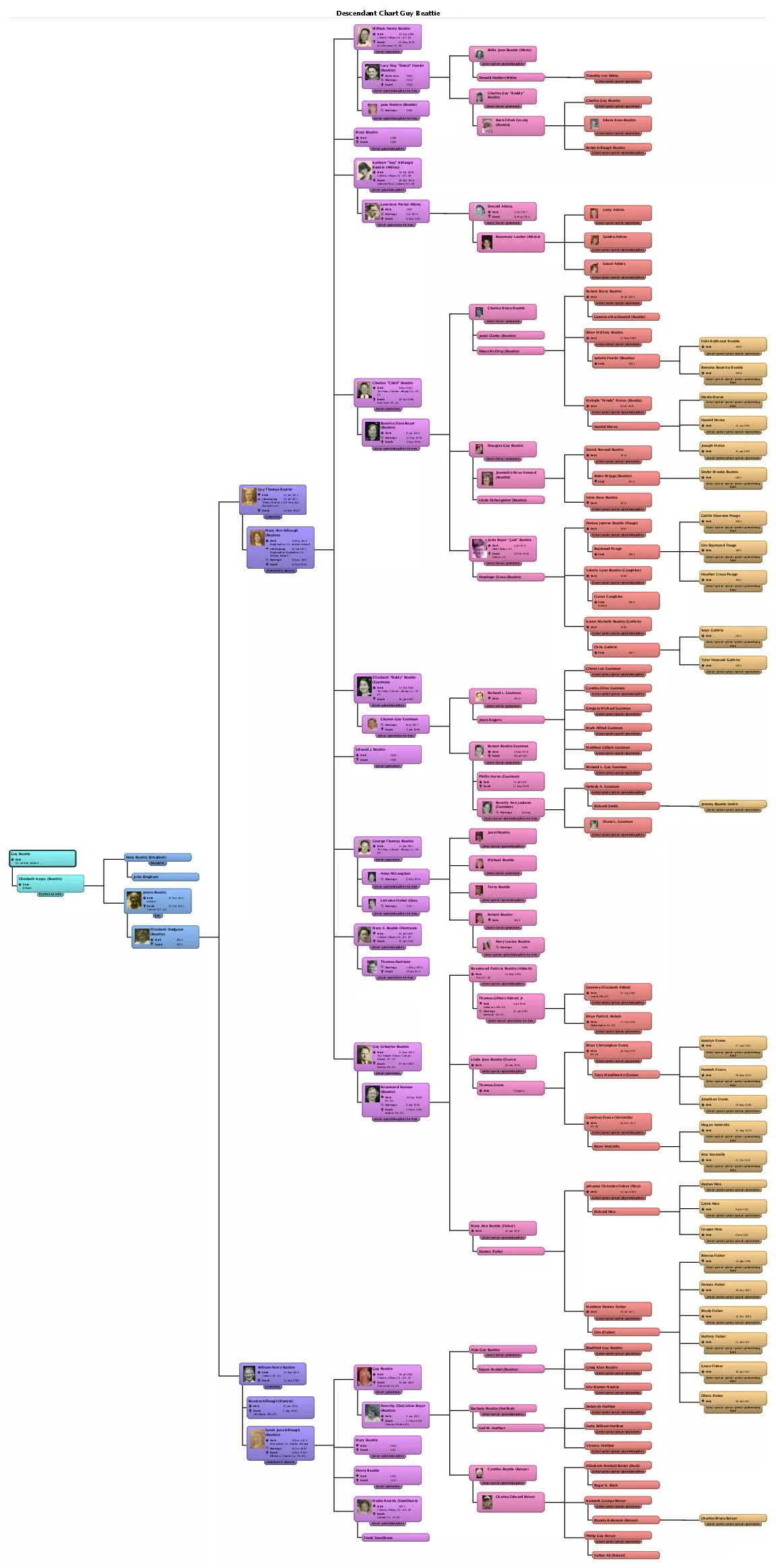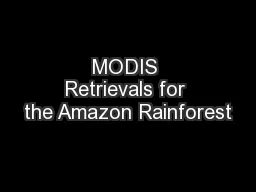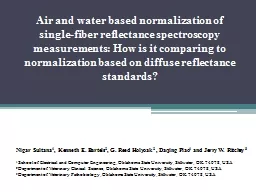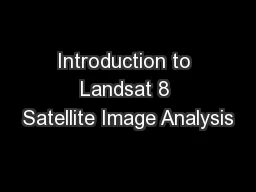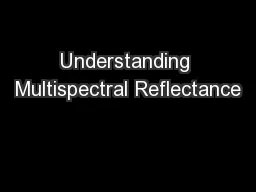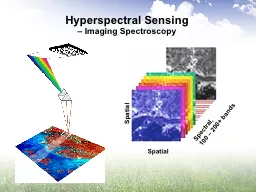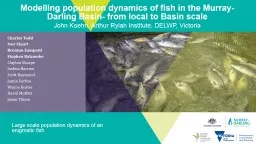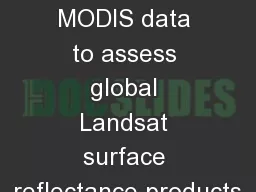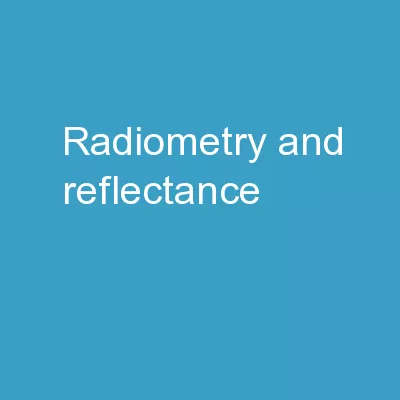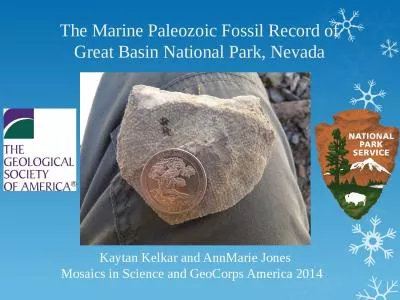PPT-Western Great Basin Reflectance Analysis
Author : danika-pritchard | Published Date : 2017-10-18
and Model Performance ATMS 792 Remote Sensing Outline Data used Domain of study Hypothesis Model algorithm How does this model perform for our region 2D spatial
Presentation Embed Code
Download Presentation
Download Presentation The PPT/PDF document "Western Great Basin Reflectance Analysis" is the property of its rightful owner. Permission is granted to download and print the materials on this website for personal, non-commercial use only, and to display it on your personal computer provided you do not modify the materials and that you retain all copyright notices contained in the materials. By downloading content from our website, you accept the terms of this agreement.
Western Great Basin Reflectance Analysis: Transcript
Download Rules Of Document
"Western Great Basin Reflectance Analysis"The content belongs to its owner. You may download and print it for personal use, without modification, and keep all copyright notices. By downloading, you agree to these terms.
Related Documents

